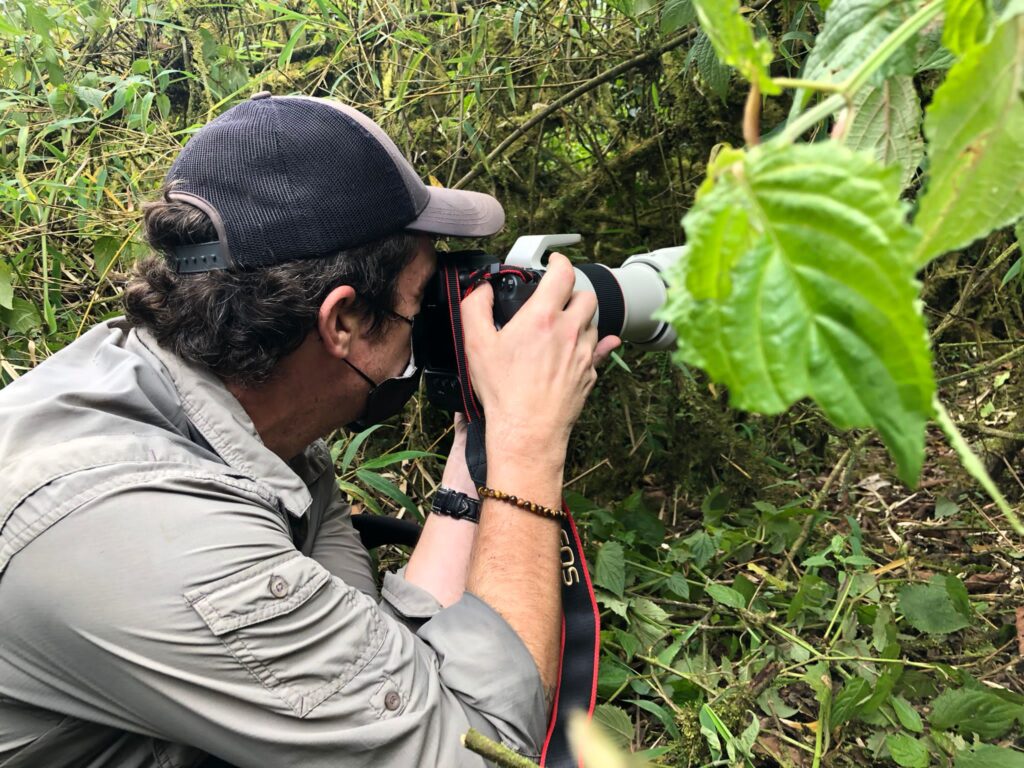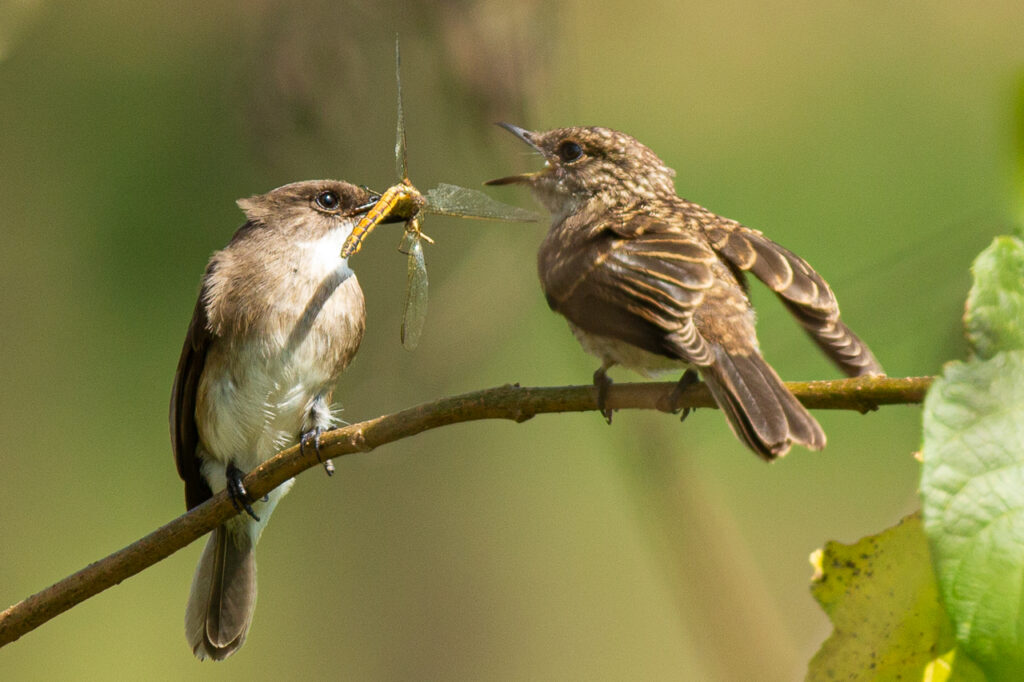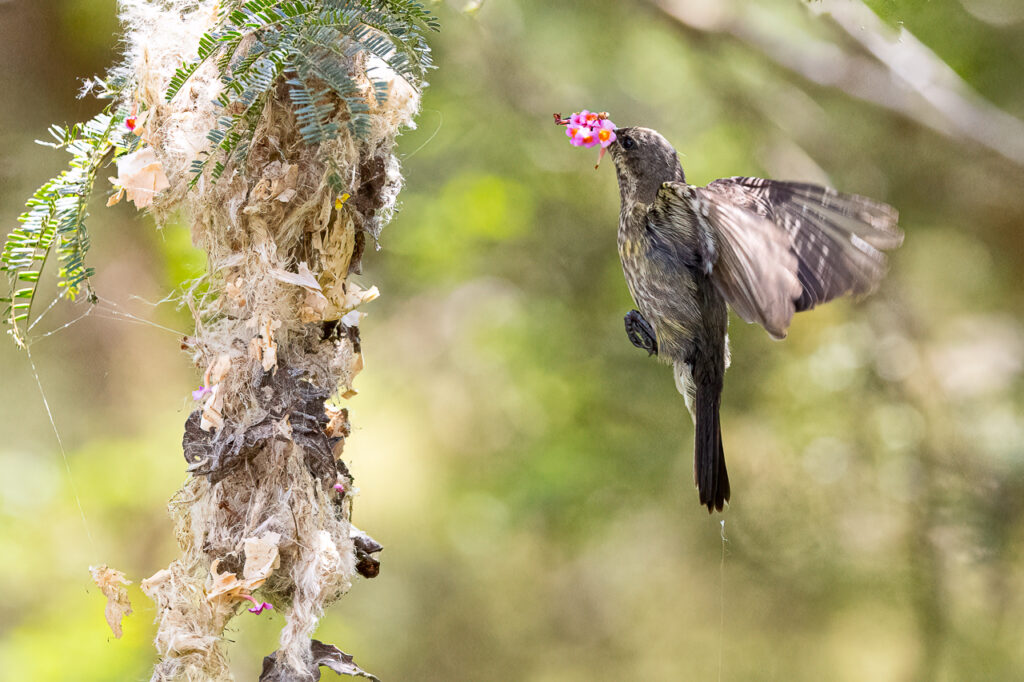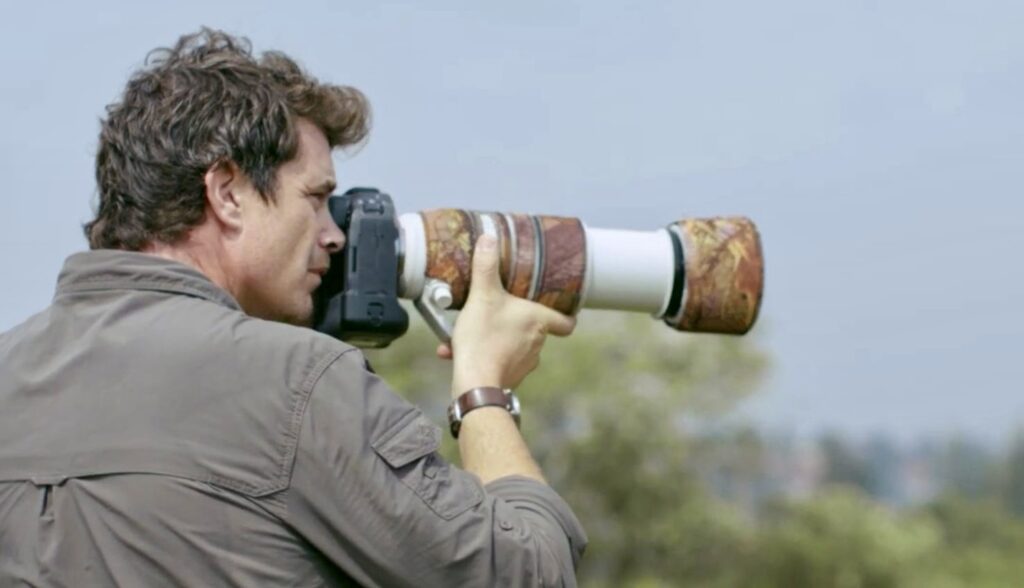We share our planet with so many amazing creatures. For me there are few things in life better than being outside and experiencing birds and wildlife in their natural environment. It’s even better when you have a camera and are able to capture these moments and share them with others. It’s therefore no surprise that wildlife photography is so popular. However, there are some wildlife and bird photographers whose only priority is ‘getting the shot’ without first thinking through the impact their behaviour will have on the subject, they will go to any length to get it. The words I would use to describe these people are ones that cannot be typed here… and all wildlife photographers are smeared by their cruel behaviour.
It is really important we respect the different environments we go to, the people who live there or use them, and the awesome creatures we find there. I strongly believe this and follow a set of moral principles and guidelines before, during, and after I photograph wildlife and birds. The cornerstone of this belief is that the welfare of the subject comes before the photograph.
Before going out to photograph wildlife or birds I do lots of research; about the location or area I am going to, and which species I am likely to encounter. Then I will focus my research on the species I hope to see and photograph – their preferred habitat, how and where they feed, and their unique behaviours. From this I will get a rough idea of the type of images I want to create. The deeper your understanding of a subject, the more creative your photographs will be. I also make sure I am wearing clothing with muted colours – no bright colours!

When you go out for photography, do not disturb the wildlife by getting too close. Personal space can be defined as ‘the physical space immediately surrounding someone, into which encroachment can feel threatening or uncomfortable’. All of us, including birds and other wildlife, have our own ‘personal space.’ The size of that space varies from person to person, from species to species, and from animal to animal. If you approach a bird or animal – either in a car or on foot – and it flies/runs away then you have invaded their personal space and got too close, so move back. Some animals and birds will freeze in place rather than try to get away, so watch for changes in their posture, and if you see these, again, back away. We should also try to keep quiet and be discrete, not only will this increase your chances of seeing something interesting, but more importantly it will reduce the level of stress on them.
It makes sense to start your bird photography with birds that tolerate people close to their personal space. You can get closer to these birds without disturbing them and use the opportunity to practice your photography skills and get some great pictures! I’m thinking about birds such as the Grey-backed Fiscals that live near the restaurant at Nyandungu Eco-Park, or the Rüppell’s Starlings that are often seen in the carpark, before you even get to the restaurant. Equally, some species just seem to be happy to come close to people. Sit quietly and patiently near a wetland at one of Kigali’s many wetland sites and before long you’ll probably be approached by a Swamp Flycatcher, or even a pair!

Extra consideration is needed when it comes to nests and den sites, nesting birds and other adult animals with dependant young. At this stage of life – like us – they are at their most vulnerable. One absolute no-no is cutting or modifying the vegetation around a nest to get a better view for a photograph – the parents will dessert the nest causing the eggs or chicks to die. Keeping a safe distance from the animals, their young, and their nest/den sites is also crucial. Just our presence can scare the parents away – sometimes permanently – and alert predators to the presence of the young or nest site/den site. The severity of this threat increases the longer we remain at the site. To photograph such a subject from a safe distance, I would use a telephoto lens with a focal length of at least 500mm – and I would also keep my time at the site to a minimum and remain quiet whilst I’m there. If I feel my presence is disturbing the animals I will leave – their welfare comes first.

All wildlife deserves our respect and I strongly believe we should keep their welfare foremost in our mind when we visit their world, whether that’s to create photographs or simply observe them.


A great reminder on the attitude to be adopted towards Wildlife while photographing! Each animal, like humans, has their personal space, indeed! It’s essential not to disturb them and the photographer must not be an intruder for their well being.
Good on you, Will, for taking the time, it’s so important to preserve Wildlife!